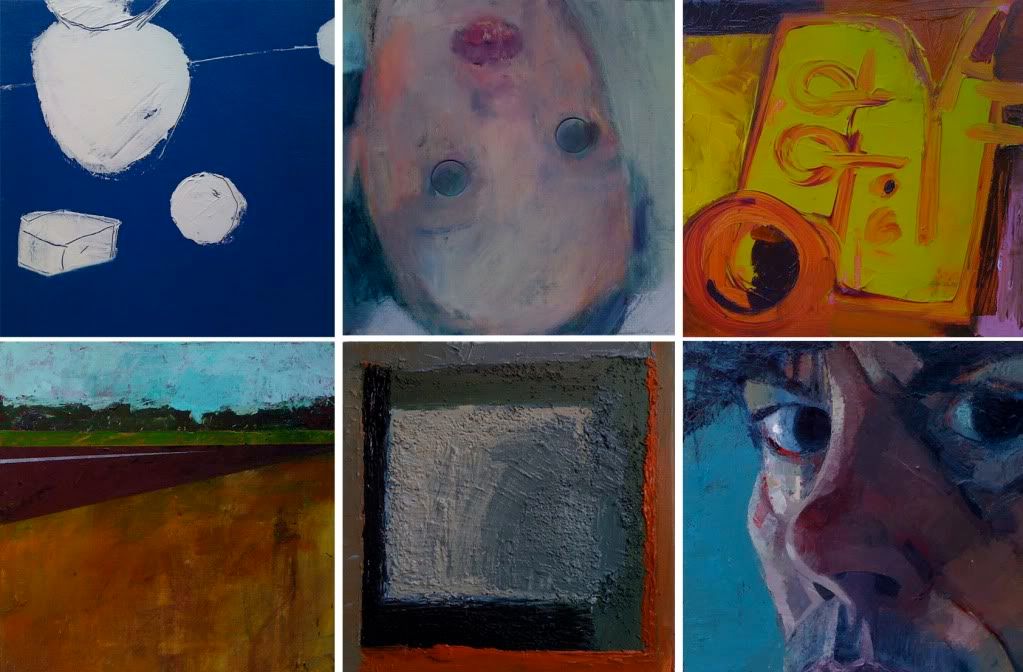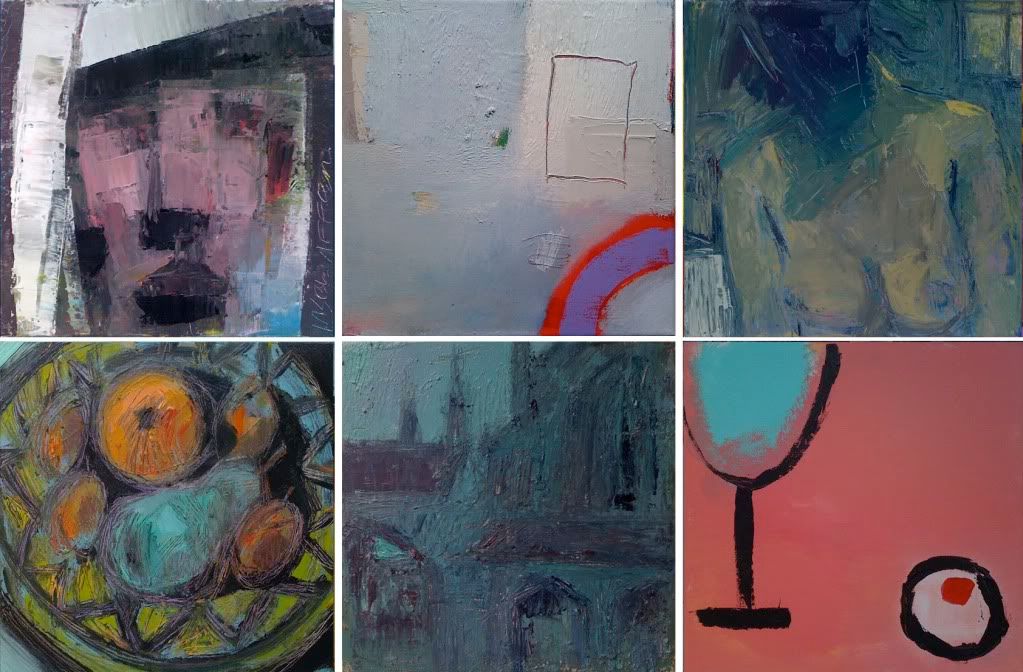It's a relief, on occasion, to turn away from the business of trying to make art and focus instead on simply recording what's in front of you.
When Van Gogh was painting with Gaugin in Arles, he attempted to use the latter's method of painting from memory and imagination. In the end, he had to concede that his best work was done when the subject was slap-bang in front of him. More than anything, though, Van Gogh wanted sitters to paint from and frustratingly for him, all but a few of the good people of Arles avoided him like the plague. To the great benefit of the rest of us, the isolation forced upon him by his apparent craziness gave rise to the most powerful paintings of objects the world has seen; those iconic, yellow-on yellow sunflowers, for example, that have become universally synonymous with artistic struggle.
So
what to paint turns out not to be the issue for most artists. If you love to paint, then you'll paint
anything; sunflowers, chairs, boots, even the bedroom furniture. The real issue for most of us is
how. Ten years of monkish devotion to art and Vincent had that down pat, but it's something I've been struggling with for decades.
Thank providence then for the limitations of watercolour. Compared with oils and acrylic, there's so much that they
won't do and so much that they do quite readily that is irksome. They stain, they run, they bloom and most vexing of all, they won't let you hide your mistakes. And the Bistre ink that I like to use, flocculates when heavily diluted and leaves texture where you don't want it.
Why use it?
I suppose because some us are dog-owners, while others prefer cats.
Oil and acrylic are dogs. They follow you faithfully, sit down and roll over when they're told and won't do anything without your say-so. Watercolours on the other hand, are cats. Whatever you have in mind, they are on their own agenda; winding themselves around your shins one minute and off through the cat-flap the next.
Van Gogh was a fan of watercolour, although he didn't exploit the medium much, declaring that you needed twenty-seven heads to paint a single picture.
It's Dorothy's birthday. I always paint daisies for her birthday card. Almost overnight, they've perked up all over the lawn and with their bright faces, they match her sunny, uncomplicated disposition. Pinching them out of the soil, however and laying them on the table in front of me, I feel as if I'm performing a botanical autopsy. But right now, rather than any new meaning I've conferred upon them, I'm more interested in the shapes they're making on my paper.
Call it artistic detachment.
After the sketch done in soft pencil, the bistre goes on, speckling, quite predictably in unpredictable places. I'm squinting at my daisies now, cutting down the colour information that's hitting my retina and concentrating on light and shade. Colour, tone, form, texture - Nature delivers them all at once and we separate them out like charity shop workers going through a bin bag. More bistre goes on once the first glaze is dry and then I get to work with thin phthalo green watercolour. Odd names. One ancient; one modern. The bistre, originally derived from boiling soot; the phthalocyanine, a petro-chemical by-product.
It's all chemistry.
Brushing aside any concerns about my carbon footprint, I finish the job with a little Translucent Yellow.
The Bistre, besides texturing the picture has tamed the watercolour; harmonised my colours, modified their tones and given the whole thing structure. The watercolour, you see, didn't have it all it's own way. But then again, neither did I and that's where the real chemistry is.













































